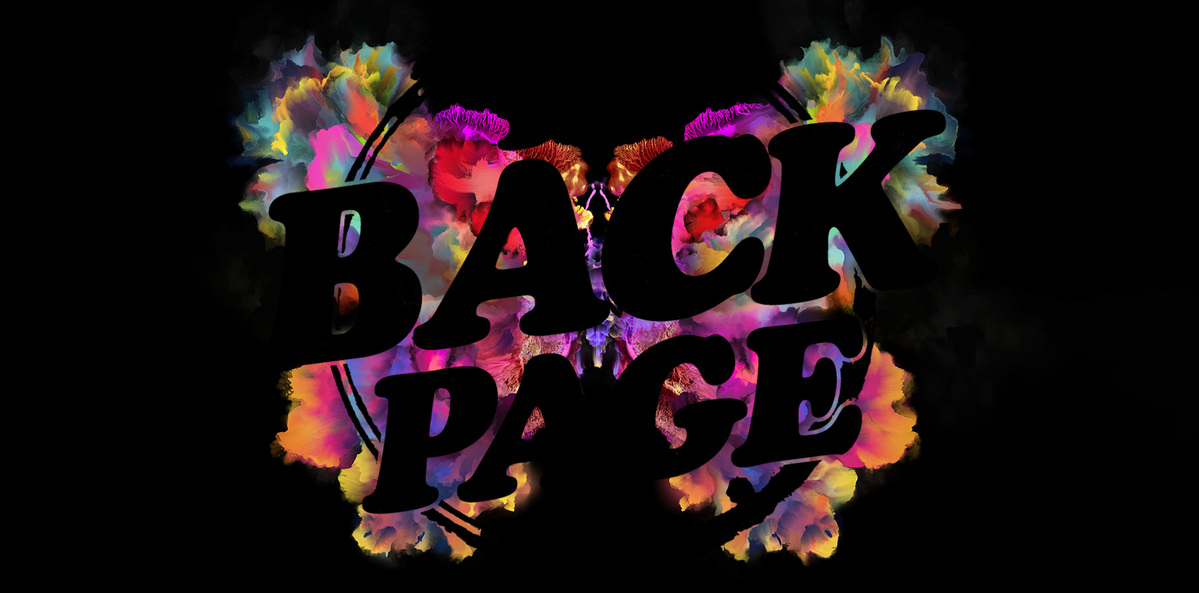Humans are buggering the world so much we should just admit the superiority of our animal mates and let them run the place.
Look, the world sucks right now: Gaza, fires, horrendous car accidents, Ukraine, serial rapists – Matthew Perry, for crying out loud.
So, before I unleash my rant of the week, have a video of two golden retrievers eating vegetables. I promise, it will make you feel better.
Animals are brilliant, aren’t they? Personally, I can’t bear their exploitation or seeing them hurting.
I visited my mother in her aged care secure ward on Sunday, only to find her sitting with her fellow demented mates, watching Red Dog – a movie I promised myself I would never watch.
I was trapped – Mum had, for once, recognised me and had my hand in an unbreakable grip, so I wasn’t going anywhere. She has a lifelong love of dogs, so there was no way I could divert her from watching a pup on a widescreen TV for two hours.
I quietly leaked tears as the narrative unfolded, while Mum’s appreciation of the narrative centred around “oh look at the dog” and “that train is very long” – Red Dog, for you lucky buggers who’ve never been tortured by it, is set in Dampier and super-long coal trains are a regular part of the scenery”.
I managed to get all the way home before completely breaking down and I’m only mildly embarrassed to admit that bloody dog reduced me to a sobbing puddle.
We’ve all heard the anecdotal evidence about animals’ abilities to sense human illnesses and distress. The cat in the nursing home who goes and snuggles up to the resident who is the closest to death. The covid and/or cancer-detecting dogs. Birds and earthquakes. Turtles and the Earth’s magnetic field. Lab mice and their willingness to breed fast and not rise up against their human oppressors.
I’d like to think my cat recognises when I’m sick and that’s why she comes and schmoozes with me. I suspect she may just appreciate a warm body lying still enough for long enough to be worth sleeping on, however.
The latest handy animal turns out to be cancer-detecting butterflies.
Butterflies, it turns out, can perceive a broader range of colours than we can, including ultraviolet light. Inspired by that, scientists from the University of Illinois have developed an imaging sensor capable of “seeing” into the UV range inaccessible to human eyes.
Using the spectral signatures of biomedical markers, such as amino acids, this new imaging technology is even capable of differentiating between cancer cells and normal cells with 99% confidence.
“We’ve taken inspiration from the visual system of butterflies, who are able to perceive multiple regions in the UV spectrum, and designed a camera that replicates that functionality,” said Professor Viktor Gruev, one of the research team.
“We did this by using novel perovskite nanocrystals, combined with silicon imaging technology, and this new camera technology can detect multiple UV regions.”
Humans have trichromatic vision with three photoreceptors, where every colour perceived can be made from a combination of red, green and blue. Butterflies, however, have compound eyes, with six (or more) photoreceptor classes with distinct spectral sensitivities.
In particular, the Papilio xuthus, a yellow, Asian swallowtail butterfly, has not only blue, green and red, but also violet, ultraviolet and broadband receptors. Further, butterflies have fluorescent pigments that allow them to convert UV light into visible light which can then be easily sensed by their photoreceptors. This allows them to perceive a broader range of colours and details in their environment.
From a healthcare perspective, this proves to be useful.
Because cancer and healthy cells have different concentrations of markers and therefore different spectral signatures, the two classes of cells can be differentiated based on their fluorescence in the UV spectrum.
“Imaging in the UV region has been limited and I would say that has been the biggest roadblock for making scientific progress,” said Professor Shuming Nie, another member of the team.
“Now we have come up with this technology where we can image UV light with high sensitivity and can also distinguish small wavelength differences.
“This new imaging technology is enabling us to differentiate cancerous versus healthy cells and is opening up new and exciting applications beyond just health,” said Professor Nie.
Cracker. Seriously, we should let animals rule the world.
Send non-heart-ripping story tips to penny@medicalrepublic.com.au.


